MongoDB - The Complete Developer's Guide 2024
Loại khoá học: Database Design & Development
Master MongoDB Development for Web & Mobile Apps. CRUD Operations, Indexes, Aggregation Framework - All about MongoDB!
Mô tả
Join this bestselling MongoDB course to learn all about this extremely popular database and query language from the ground up, in great detail and with many practical examples!
MongoDB is one of the most important NoSQL databases you can work with these days. It's extremely popular and MongoDB developers are in high demand.
No matter if you're building web applications, mobile applications or any other kind of application or if you're a data scientist - you'll need to work with data. Storing data, querying it efficiently and minimizing complexities whilst optimizing performance are crucial tasks.
MongoDB makes working with data simple - it's built on a philosophy that prioritizes performance and efficiency.
In this course, you'll learn all about MongoDB from scratch. No prior MongoDB or database experience is required!
In detail, you'll learn:
... how to install and use MongoDB locally and in the cloud (MongoDB Atlas)
... how to perform CRUD (Create, Read, Update, Delete) operations on MongoDB databases
... how to filter for data efficiently
... how to work with both the Mongo Shell and drivers (e.g. Node.js driver)
... how to increase performance by using indexes (and how to use the right indexes!)
... how to use the amazing "Aggregation Framework" that's built into MongoDB
... what replica sets and sharding are
... how to use MongoDB Atlas - the cloud solution offered by MongoDB
... how to use the serverless platform (Stitch) offered by MongoDB
... and much more!
This course is a hands-on course - you'll learn by writing code/ commands. We'll work on a wide variety of example data and use-cases and by the end of the course, you'll have all the knowledge you need to work with MongoDB in your next project!
This course is for you, no matter which programming language you plan on using, you'll learn a uniform way of interacting with MongoDB that can be easily applied to any language.
This course is for you:
... if you're brand-new to MongoDB and databases in general
... if you got some basic database or even MongoDB experience - in this course, there are different entry points you can choose from!
... if you are a web or mobile app (or desktop app) developer who considers using MongoDB
... if you're working in a team that considers using MongoDB (or already does use it)
... if you are primarily using SQL-based databases so far and you want to explore the most popular NoSQL alternative
This course is NOT for you:
... if you're looking for a guide on administrating MongoDB servers => This course focuses on the commands/ queries you write, it's NOT an administration course. I will show (in detail) how to deploy a ready-to-use cloud MongoDB solution that follows best practices though.
Bạn sẽ học được gì
Yêu cầu
Nội dung khoá học
Viết Bình Luận
Khoá học liên quan

Đăng ký get khoá học Udemy - Unica - Gitiho giá chỉ 50k!
Get khoá học giá rẻ ngay trước khi bị fix.



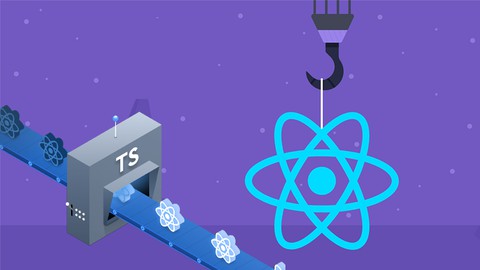
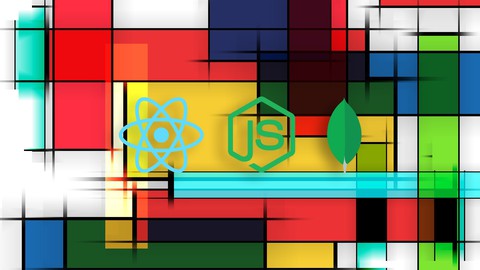

![CMake, Tests and Tooling for C/C++ Projects [2024 Edition]](/uploads/courses/udemy/4628228_4012_2.jpg)



![Flutter & Dart - The Complete Guide [2024 Edition]](/uploads/courses/udemy/1708340_7108_5.jpg)

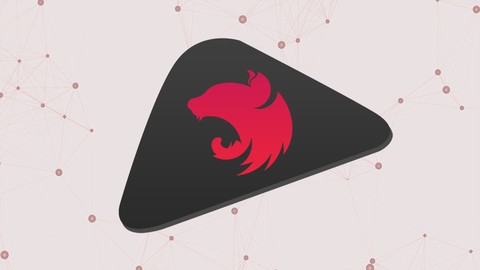


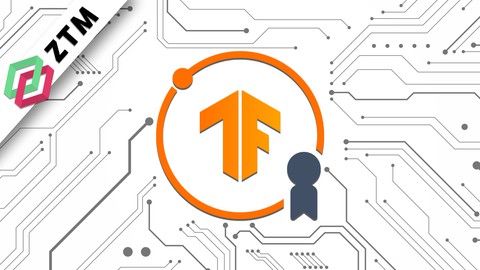
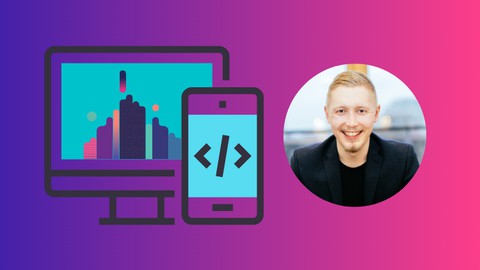
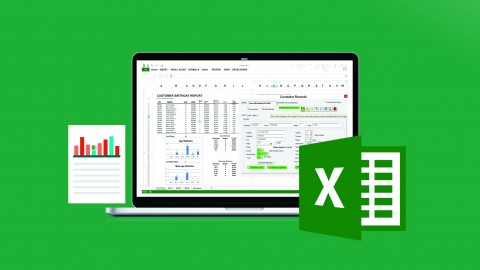
Đánh giá của học viên
Bình luận khách hàng